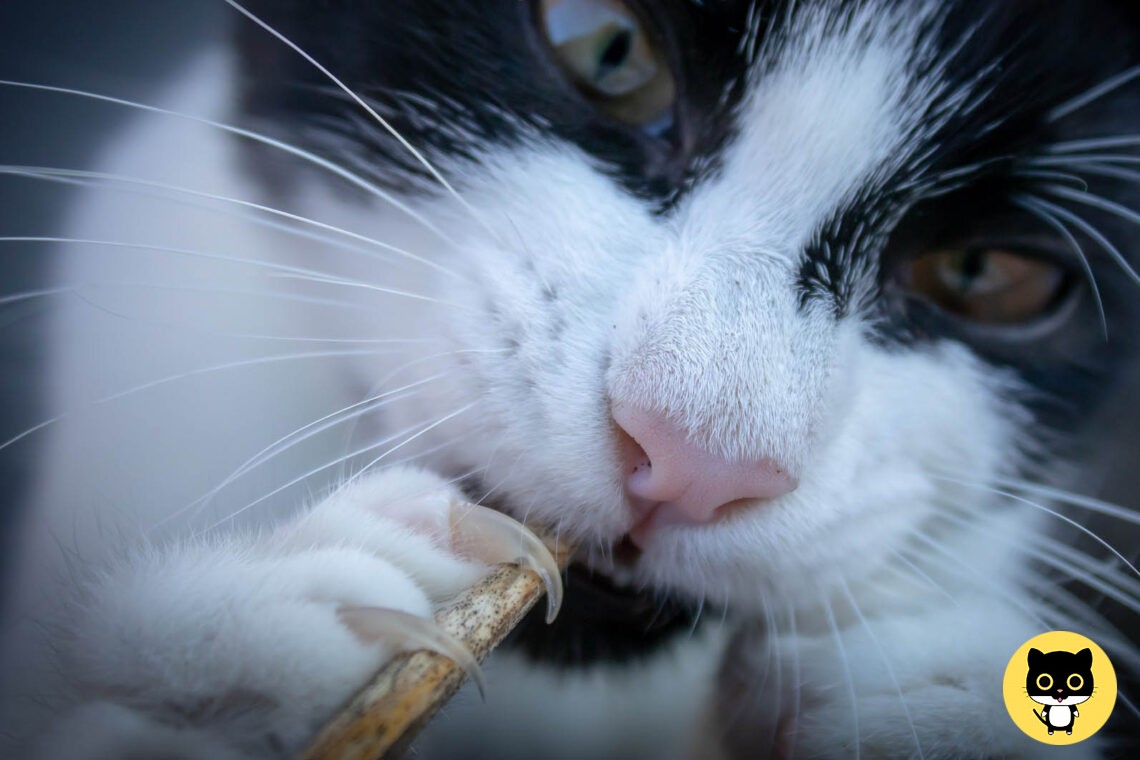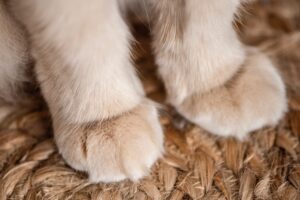Declawing cats is a controversial topic. It has been practiced for a long time, but in recent years, it has become a heated debate. Some argue that it is necessary for the safety of humans and other pets, while others argue that it is cruel and unnecessary. So, is declawing cats bad? In this article, we’ll take a professional look at the pros and cons of declawing cats.
Declawing cats is a surgical procedure that removes the claws from the front paws of a cat. This procedure is also known as onychectomy. There are two ways to declaw cats. The first is a partial claw removal, which involves removing only the claw and leaving the bone and tendon attached to the paw. The second is a complete claw removal, which involves removing the entire claw, including the bone and tendon.
The History of Declawing Cats
The practice of declawing cats has been around for centuries. It is believed that the Egyptians first began declawing cats as early as the 4th century BC. The practice was also popular in the Middle Ages, when cats were considered a valuable asset to the home. However, the practice of declawing cats has come under intense scrutiny in recent years due to the potential for pain and long-term physical and emotional damage.
Professional Opinions on Declawing Cats
When it comes to declawing cats, there are a variety of opinions among professionals. Some veterinarians believe that declawing is necessary in some cases, such as when a cat’s claws are causing damage to furniture or other people and animals. Other veterinarians argue that declawing cats is cruel and unnecessary, and that there are other ways to address the problem.
The American Veterinary Medical Association (AVMA) has issued a statement opposing the practice of declawing cats. The statement reads, in part, that “declawing of domestic cats should be considered only after attempts have been made to prevent the cat from using its claws destructively or when its clawing presents an above normal health risk for its owner(s)”.
Pros of Declawing Cats
There are some potential pros to declawing cats. The primary benefit is that it can help protect humans and other animals from the potential damage that can be caused by a cat’s claws. It can also help protect furniture and other items in the home from being scratched or damaged. Additionally, declawing can help prevent a cat from developing an overly aggressive behavior towards humans or other pets.
Cons of Declawing Cats
There are also several potential cons to declawing cats. The primary concern is the potential for pain and long-term physical and emotional damage to the cat. Declawing can result in a variety of physical problems, including infection, lameness, and nerve damage. Additionally, declawing can cause emotional and behavioral issues, such as increased aggression and anxiety. To an outdoor cat, claws are part its defense against other animals and cats. To both indoor cats and outdoor cats, claws are used as a tool when exploring and interacting with the environment. In addition, depending on local laws, declawing cats may be illegal.
Alternatives to Declawing Cats
Fortunately, there are alternatives to declawing cats. One of the most effective methods is to provide the cat with plenty of scratching posts and other items on which it can scratch. This will help to keep the cat’s claws trimmed and also provide it with a place to exercise its natural scratching behavior. Additionally, there are claw caps that can be put on the cat’s claws to prevent them from causing any damage. You can also use deterrents, such as double-sided tape or sprays, to discourage cats from scratching furniture.
Pain Associated with Declawing Cats
The potential for pain associated with declawing cats is another major concern. This procedure is an amputation, and as such, it can be extremely painful for cats. In addition to the pain associated with the surgery itself, there is also the potential for long-term nerve damage and other complications.
Caring for a Declawed Cat
It is important to note that caring for a declawed cat can be a bit more challenging than caring for a cat with claws. Declawed cats may be more sensitive to temperature changes, and they may have difficulty walking on certain surfaces. Additionally, they may be more prone to infection and other complications.
Is Declawing Cats Bad?
As you can see, there are both pros and cons to declawing cats. We at Feed Stray Cats believe that it is bad unless it is absolutely necessary. That is, unless attempts have been made to prevent the cat from using its claws destructively or when its clawing presents a health risk for its owner(s), or for the cat itself.
Do you agree or disagree with us? Please register to leave a reply below and to post in the Forums.





